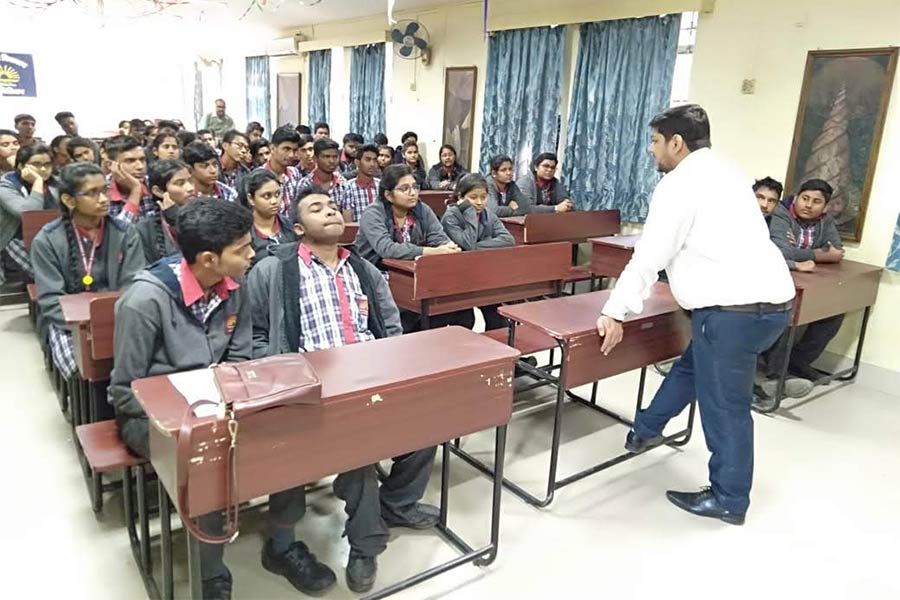The Annual State of Education Report (Rural) 2024 based on the survey of schoolchildren in rural areas by the non-governmental organisation called Pratham has brought some good news. It shows that the learning losses incurred during the pandemic years in reading and arithmetic have largely been recovered, especially in government schools. This is a little ironical, since it appears that the surge in enrolment in government schools during the pandemic has dropped and private schools are enrolling more children. The loss of income during Covid had prompted the rush to government schools, but with the return of livelihoods, that has changed. In general, learning outcomes are better in private schools. But reading and arithmetic have gone back to the best pre-pandemic levels in government schools and arithmetic has even gone past the best at that time. It is believed that this is the result of the National Education Policy’s emphasis on foundational literacy and numeracy. Government schools were instructed accordingly and training teachers in the importance of FLN has paid off. The policy seems to have found a broad systemic outline, for although schools in different regions need varied approaches, the drive for FLN has remained constant.
The benchmarks, however, are less heartening. The improvement is marked by the percentage of Class III students able to read a Class II text — 27.1% — and of Class V children able to do the same — 48.8%. The arithmetic scores are slightly better, the benchmark being at least subtraction in the lower classes and at least division in Class V. Undoubtedly, these will improve should foundational subjects keep receiving the same attention, but the achievement levels are very far from ideal. Around 6.5 lakh children of 605 rural districts were surveyed; in that context the number failing to read a Class II text is staggering. There is also the issue of language. Literacy in a single language would be inadequate for today’s India where a large number of jobs depend on a level of fluency in two, sometimes three languages. The world has changed too. Mobility makes livelihood easier and that needs competence in more than one language. The ASER 2024 is encouraging; it shows that FLN is a step in the right direction. But that is what it is — a step, among the many simultaneous ones that must be taken.










